Paradise found, off Tasmania’s east coast.
Maria Island is a destination of pristine untouched beaches, lapped by crystal clear waters, and with a surrounding Marine Reserve. Its scenery is incredibly majestic, with vantage points like the magnificent Mt Maria and Bishop and Clerk peaks that can be summited for a view that is guaranteed to take your breath away.
On The Maria Island Walk, you’ll wander through forests of magnificent blue and white gums, some of them over 400 years old and unique to Maria Island.
You’ll step back in time and tread where the early convicts and explorers have walked before you.
At the Fossils Cliffs you’ll see shellfish fossil beds unlike any other in the world, and across the island – spot a variety of wildlife including the rare and endangered species like the Swift Parrot and Cape Barron Goose and of course, the Tasmanian Devil.

The Wildlife of Maria Island
An island sanctuary, referred to as
Tasmania’s Noah’s Ark.
Maria Island has always been home to a variety of rare and unusual birds and animals, and when a number of threatened species were released on the island in the 1970s to ensure their survival, the destination was nicknamed Tasmania’s Noah’s Ark.
Today, it’s an island sanctuary and one of the best places in Australia to observe wombats, Tasmanian devils, Cape Barren geese, kangaroos and wallabies.
The bird life is also an attraction with 125 species including all of Tasmania’s endemics including the endangered Forty-spotted pardalote and Swift parrot.



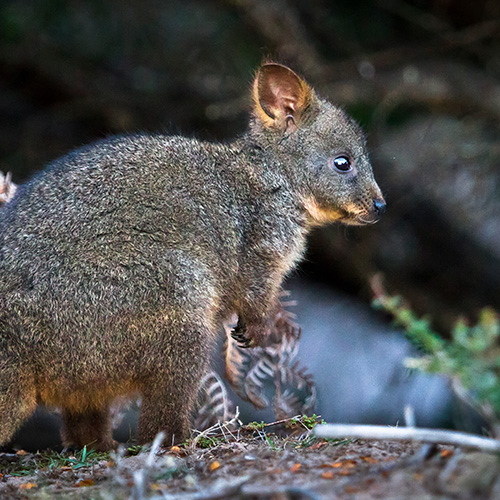
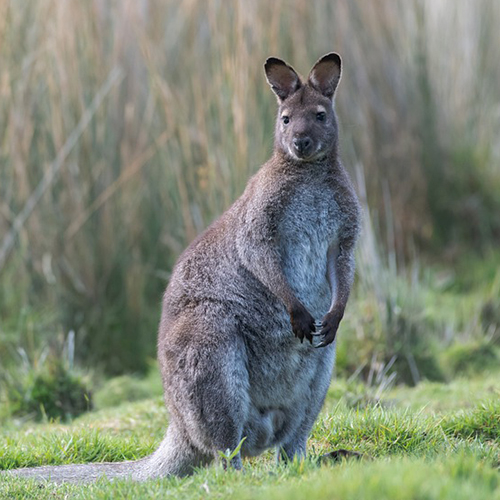

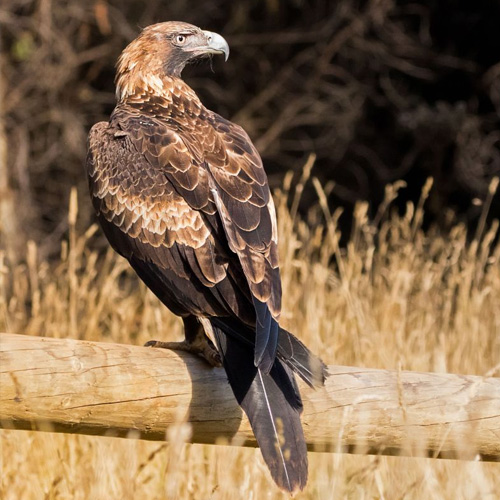
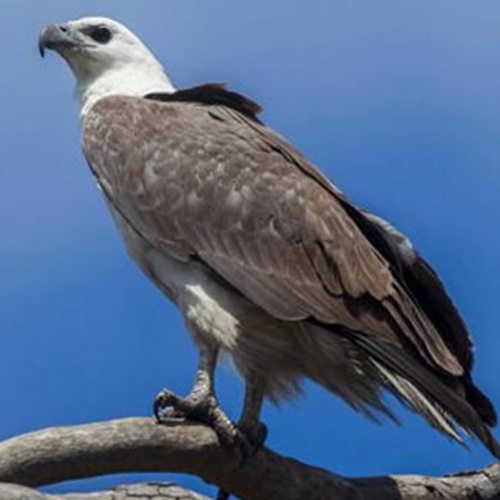
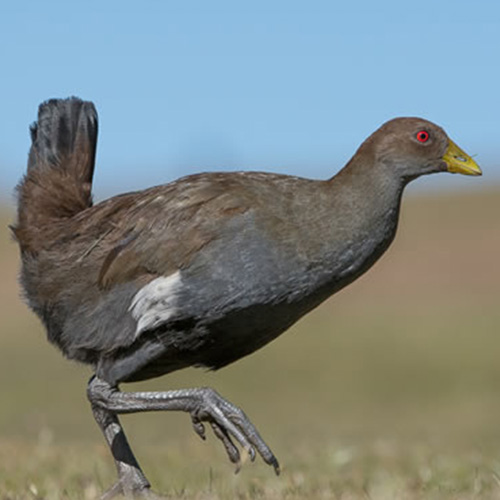



A Land Rich in History
Maria Island is one of the richest heritage sites in Australia.
Many cultures have stories interwoven with the island’s history, including the Puthikwilayti Aboriginals, Dutch, English, French and Italians.
The Aboriginal name for Maria Island is Wukaluwikiwayna.
Maria Island has been home to explorers, whalers, sealers, convicts, fishermen, farmers and industrialists. This varied influence on Maria Island is still very visible today.
A UNESCO World Heritage-listed Convict Site, Darlington settlement on the island is beautifully preserved and is one of the best examples of Probation Convict Settlements in the world. The Darlington convict settlement pre-dates the more widely known Port Arthur.
Declared a National Park in 1972, there are no permanent residents on Maria Island except the Tasmanian Parks rangers that care for the island.
The island has a unique and fascinating history, shared by the guides as our guest walk the island from south to north and unravel its early history and bring it to life.
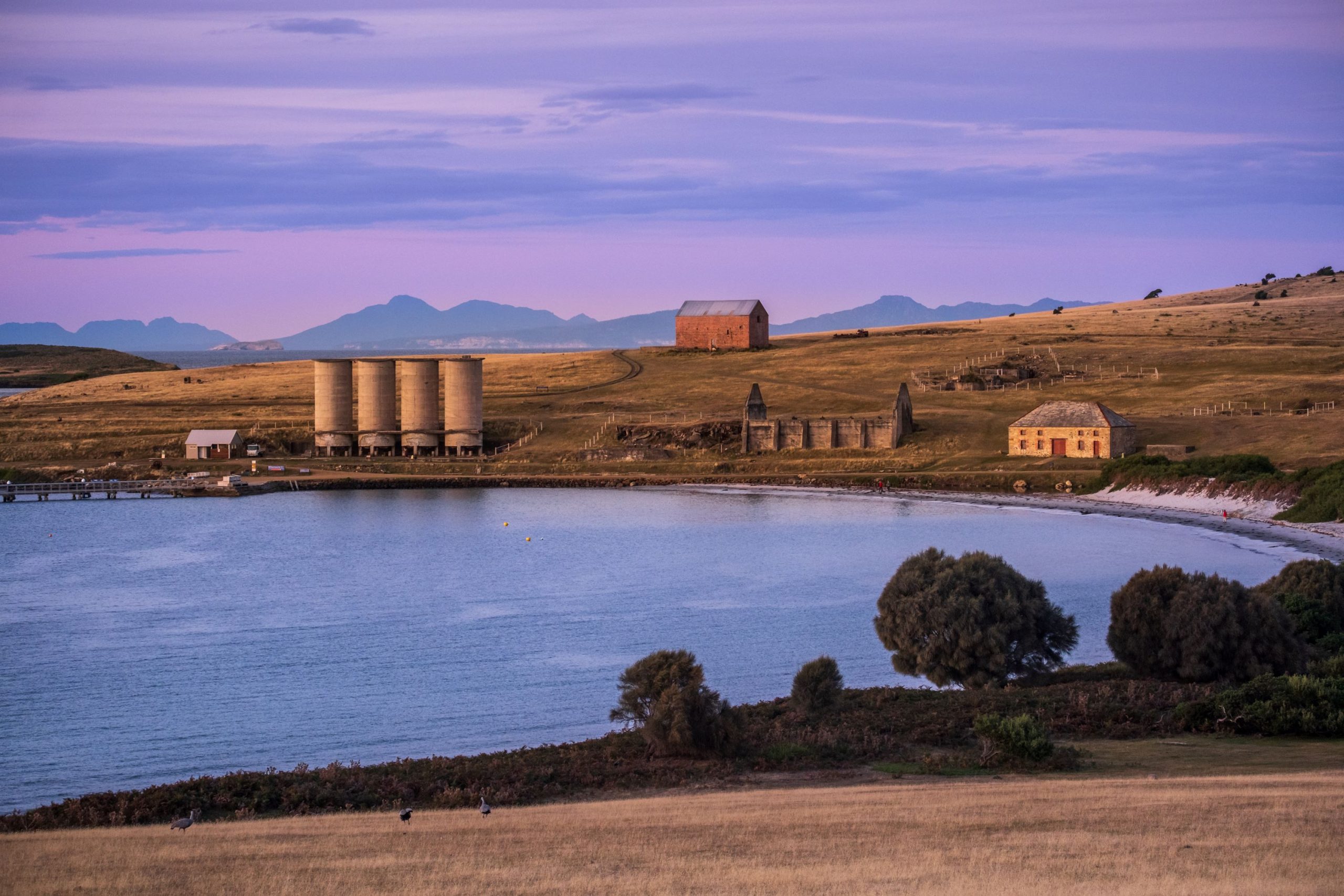
The Maria Island Walk acknowledges the Aboriginal Communities and Traditional Custodians of country throughout Tasmania and we recognise their continued connections to land, sea and community. We pay our respect to Elders past and present, as we seek to understand their history and learn from their knowledge.









